

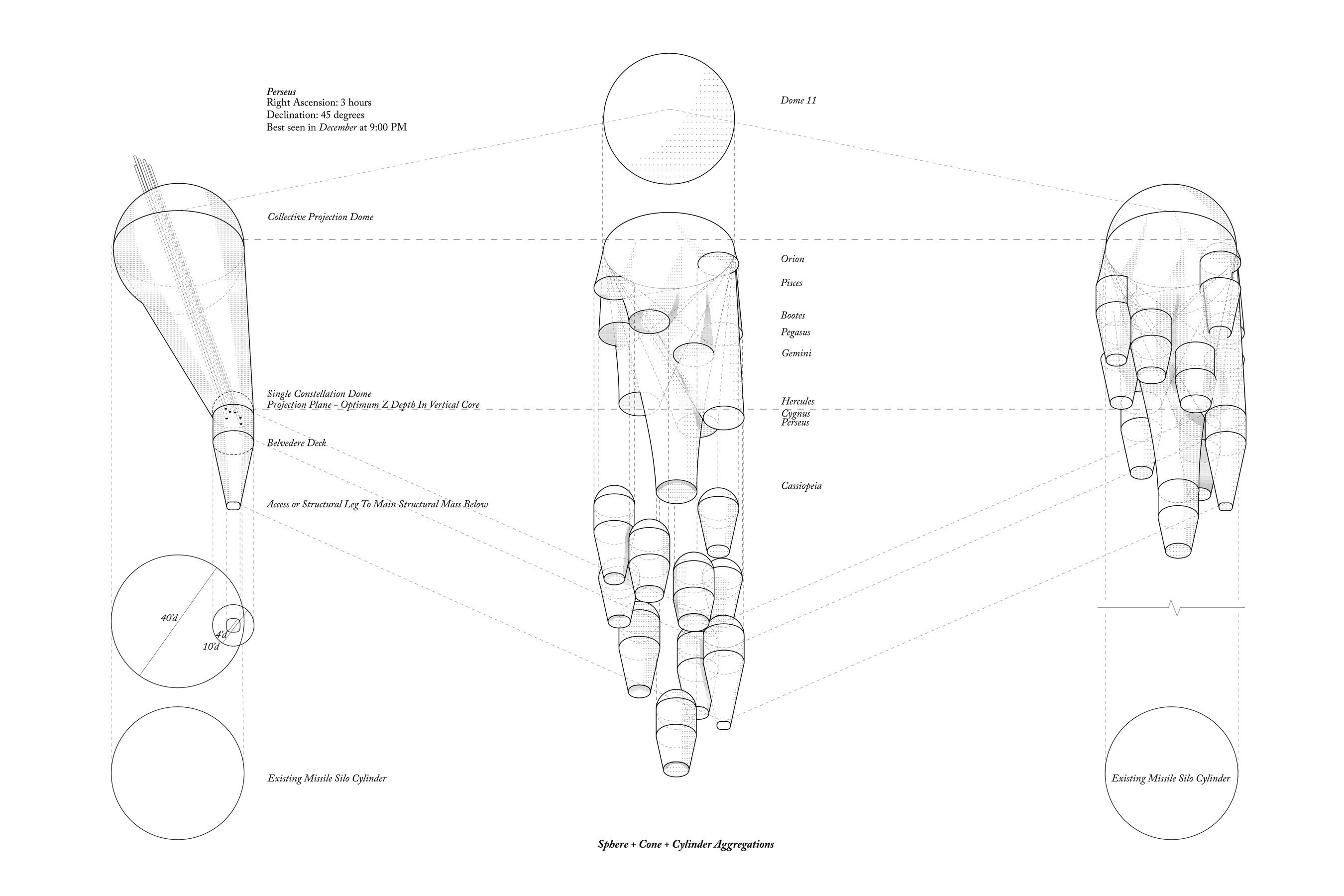



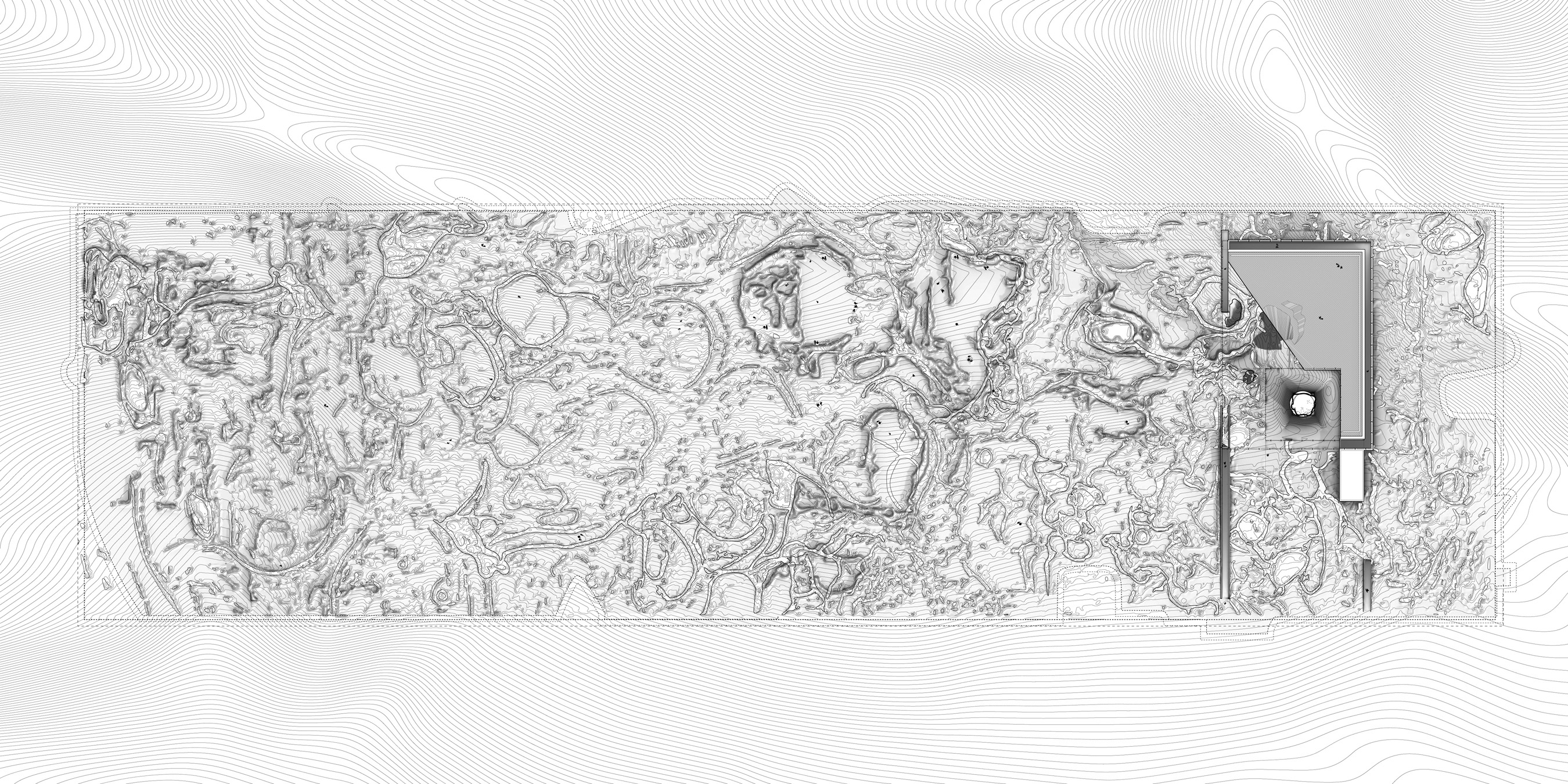

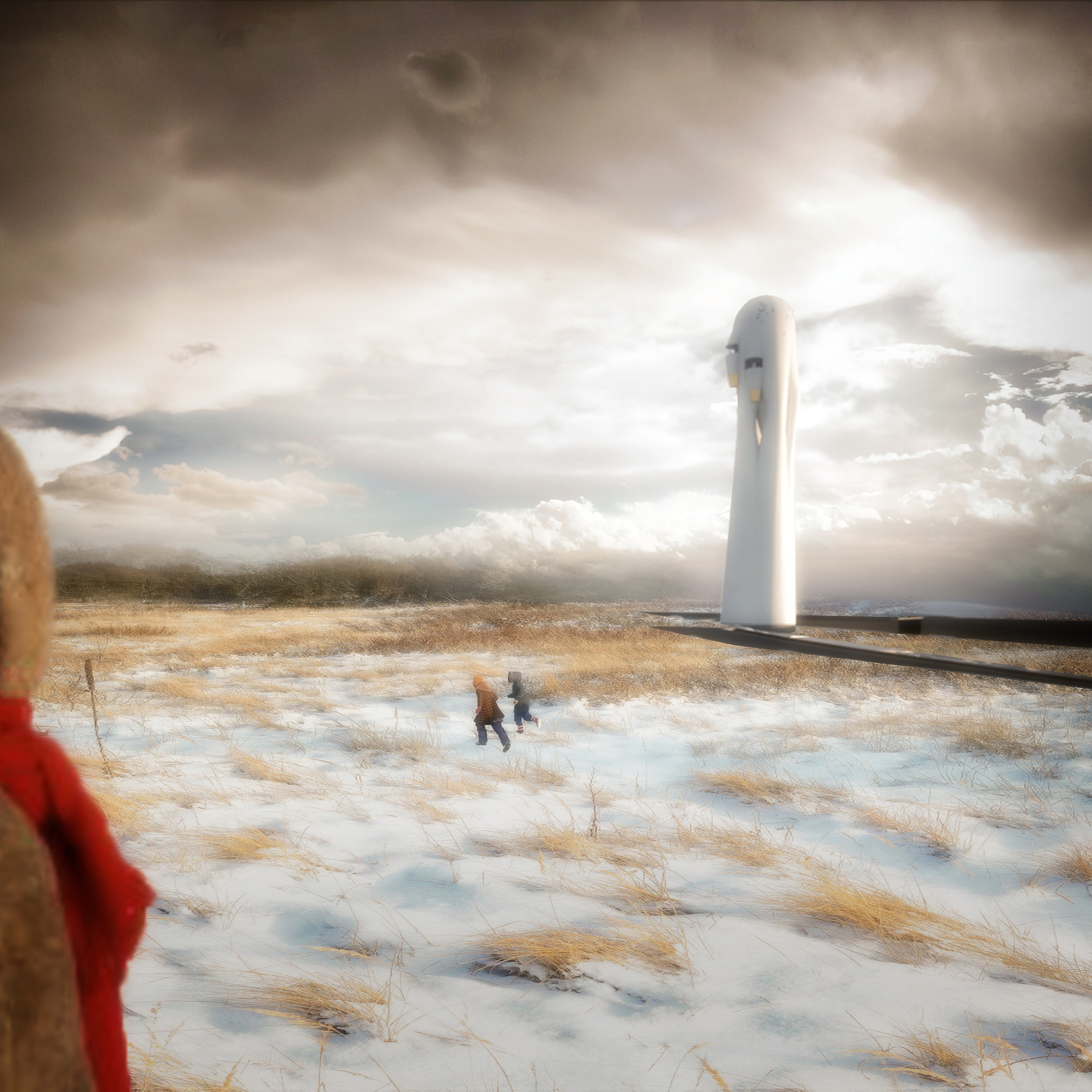

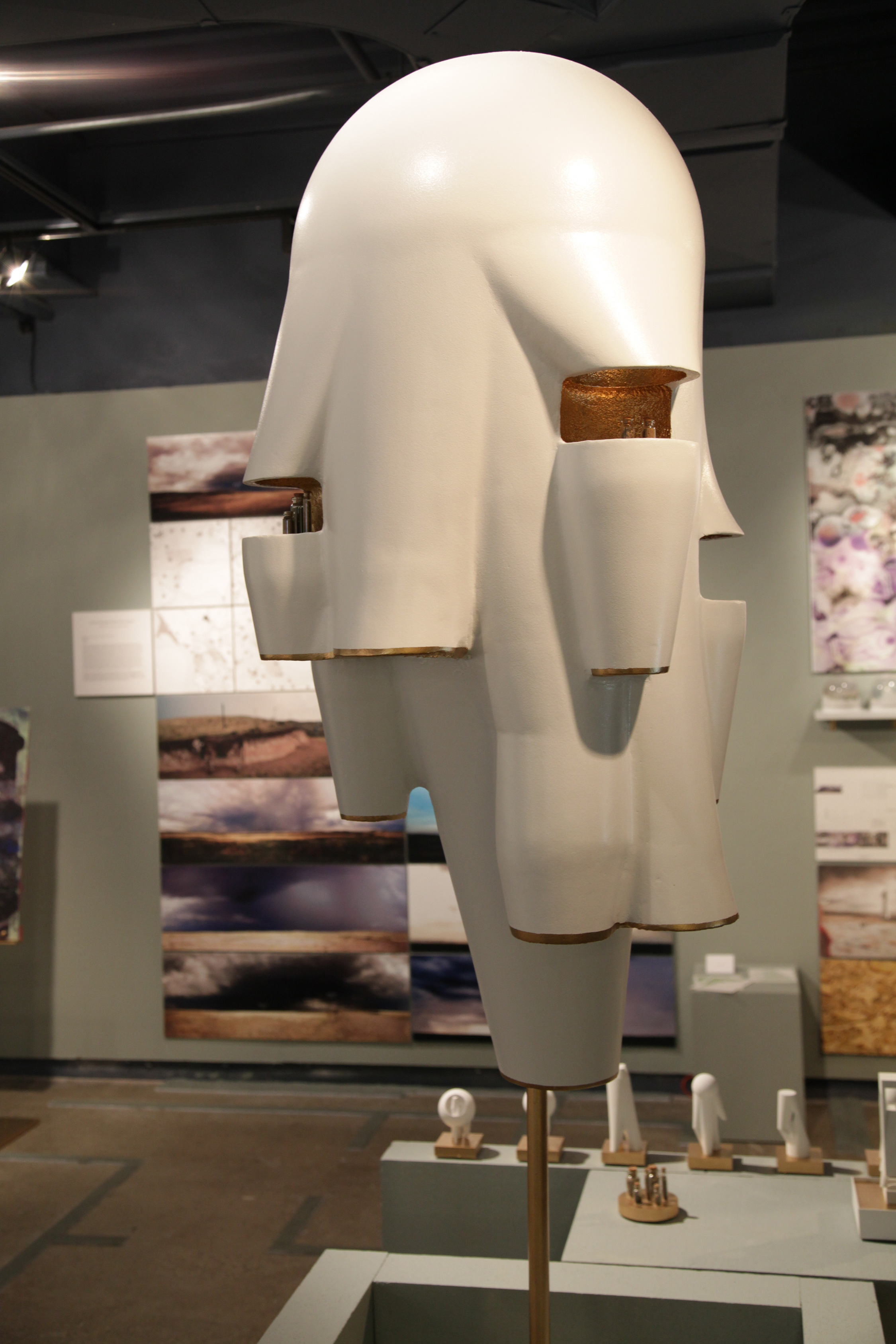

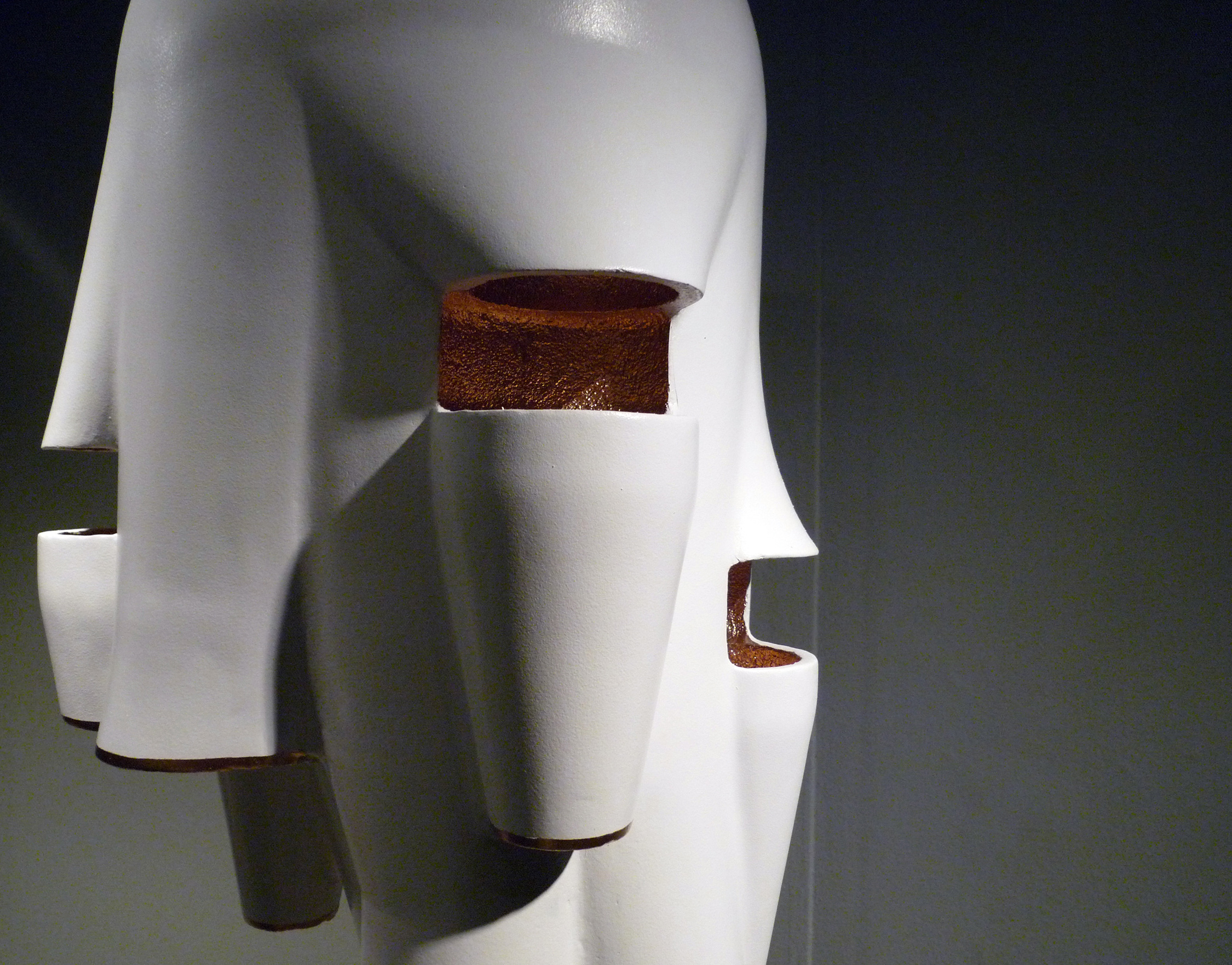
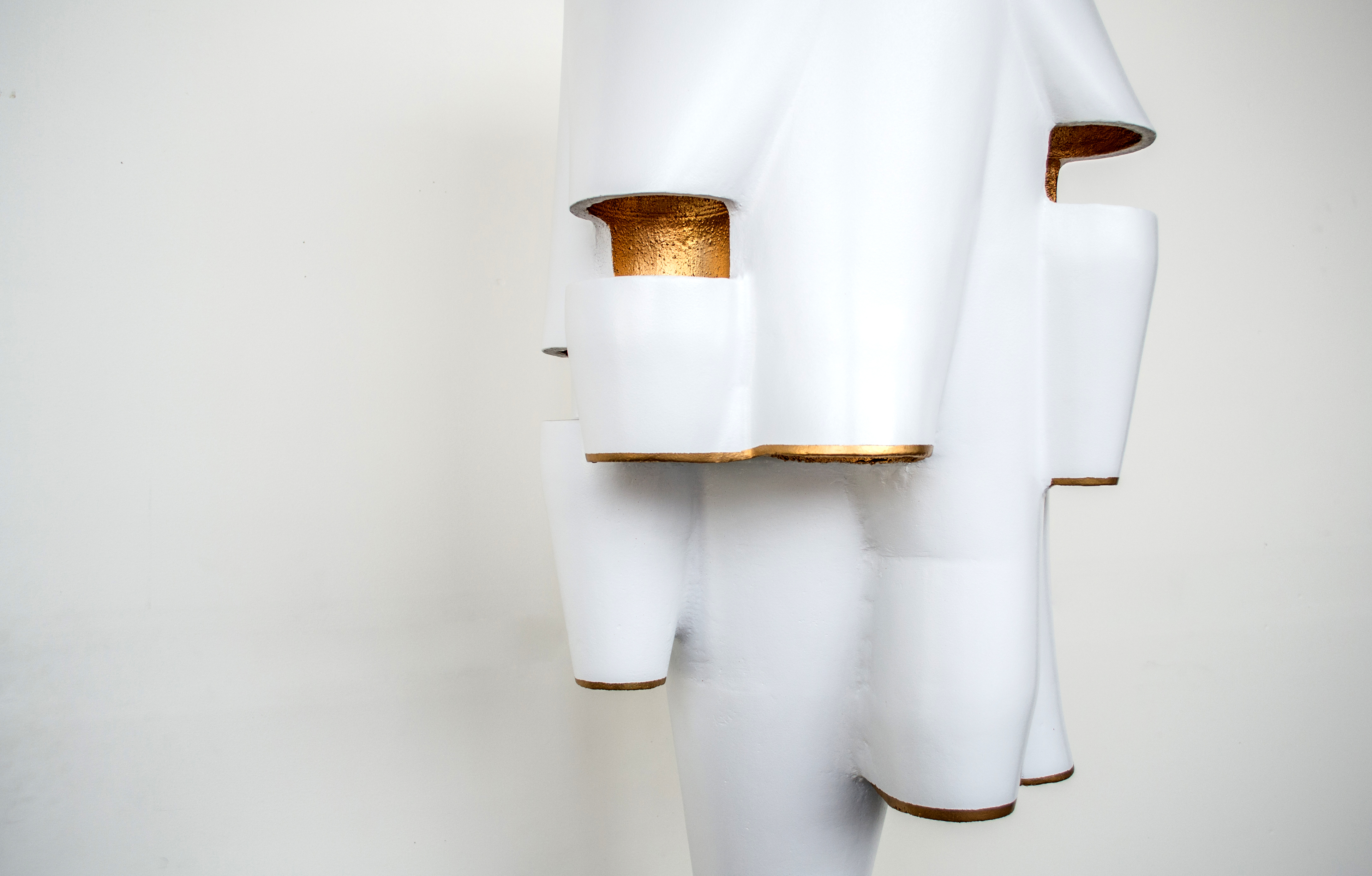

Traditionally, the belvedere typology is an architectural feature or building constructed for the purposes of looking out over a pleasing scene; a picturesque type. Provided such simple programmatic responsibility, emphasis easily shifts to formal qualities and contextual relationships. This Belvedere is imagined in southern Wyoming, a landscape that by any casual observation is a pastoral scene adequate for a belvedere. Yet, this pastoral scene’s history conceals a more sinister geo-political imperative bound to Cold War tensions. In fact, this landscape is one of the largest ICBM territories in the United States where 200 former missile sites lurk below ground. Suddenly the pastoral surface is oddly complicit in confusing the relationship between a belvedere and the reality of it’s context. In this post-military landscape, the Belvedere rises proximate to 199 other former missile sites - the most potentially lethal piece of ground in human history. The Belvedere stands as an object that de-conceals the 200 sites from their relational and covert status and facilitates new, perhaps unsettling, conceptual orientations to the pastoral and political scene. A field of berms superimposed over the natural topography estranges territorial and ideological politics of ‘ground’ and initiate a new identity for the existing topography.